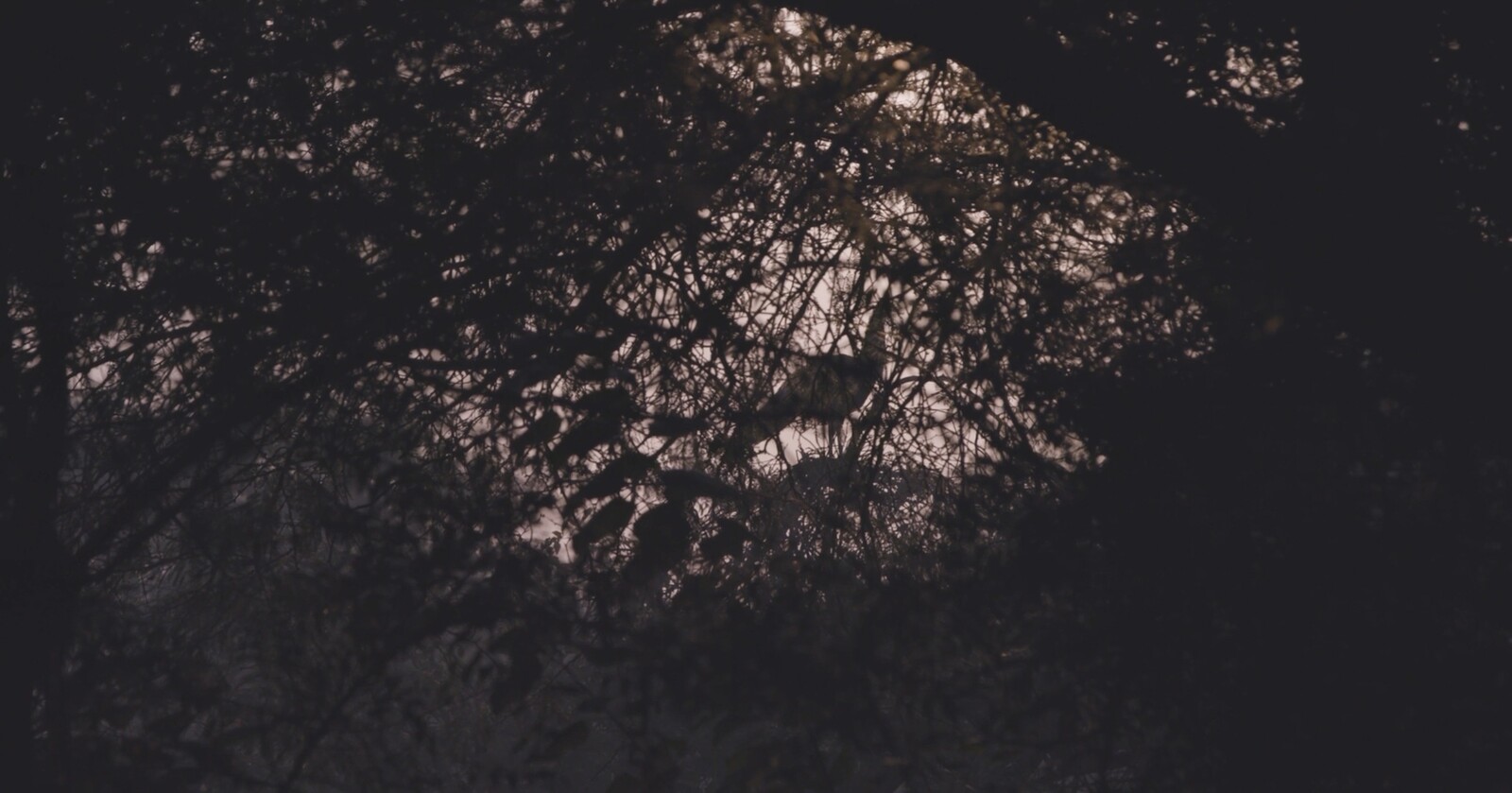Pallavi Paul pursues a single goal across diverse disciplines: to make visible that which cannot normally be seen. Between 2013 and 2022, her works took inspiration from topics including India’s feminist movements (Long Hair, Short Ideas, 2014), the children abducted to fill arrest quotas for juvenile delinquency in the late 1970s (The Blind Rabbit, 2021), and the 2019 discriminatory citizenship law which precludes the naturalization of Muslims fleeing from Pakistan, Afghanistan, and Bangladesh due to fear of religious persecution in their home countries (in Far Too Close, 2020). Made between Paul’s bases in Delhi and Berlin, these multimedia installations, participatory performances, photographs, texts, and watercolors touch on concepts such as breath, grief, death, secrets, disappearance, reverie, and injustice.
In doing so they call to mind Ann Cvetkovich’s concept of an “unusual archive,” proposed as a solution to the un-representability of trauma and related emotions of love, rage, grief, and shame. Cvetkovich conceives of this archive as ephemeral, consisting of oral and video testimonies, memoirs, letters, journals, and more, just as Paul’s work over the past decade draws on both individual and collective memories. The artist’s choice to record and present people’s daily lives negotiates alternative approaches to documentation, media, and the political yet unseen acts we all perform.1
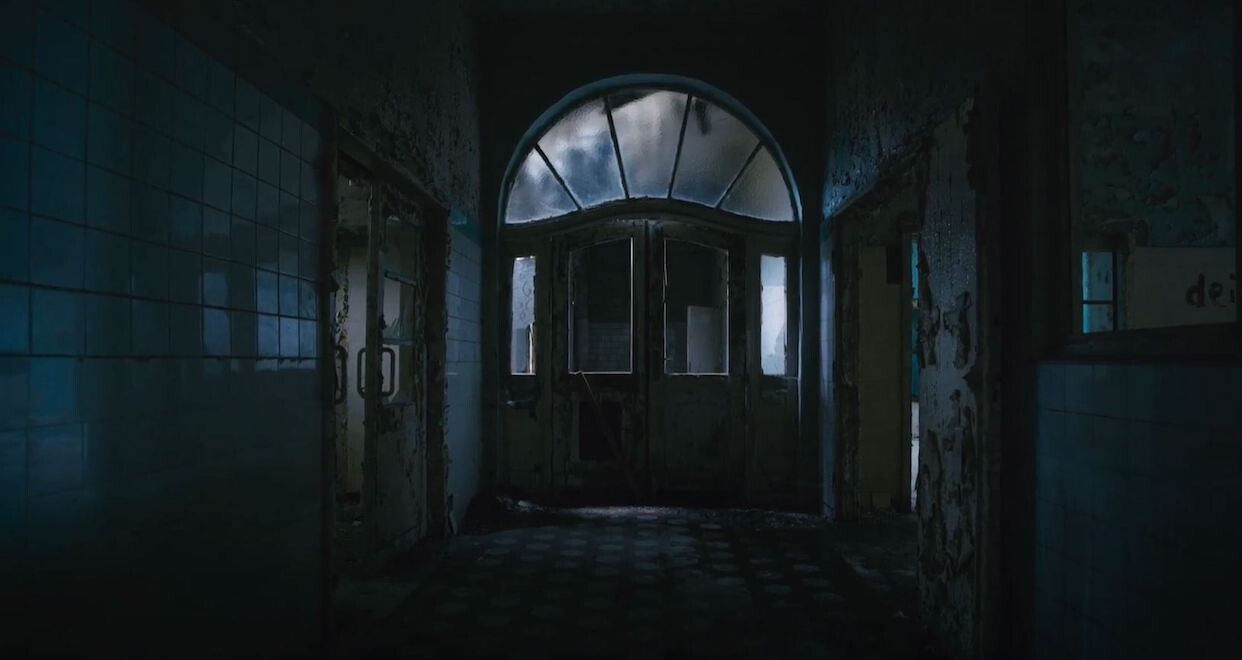

Pallavi Paul, Twilight’s Envelope, 2024. Still from film, 20:42 minutes. Copyright Pallavi Paul. Courtesy Gropius Bau, Berlin.
A long-term resident of Delhi, Paul is nonetheless able to distance herself from the city to the degree required to record its dynamic, dense, and complex vibrations. Over the past four years, as the invisible germs of Covid-19 have mingled with the polluted air, she has turned her attention to the breathing of its citizens. She captures these silences, sensations, loneliness, and moments of discomfort through a series of films, drawings, sculptures, and performances, titled The Wind in Your Body is Just Visiting, Your Breath will Soon be Thunder (2023–present). The version shown in the Expanded Forum program of the Berlinale in 2022 comprises thirteen experimental artworks which posit breathing as a political act, in the ways it interacts with illness, religion, ethnicity, class, and caste.
In the short film Vigil (2023), Paul depicts the story of the keeper of a private graveyard in Delhi. His voiceover recounts busy shifts during the pandemic and his fears of exposure to Covid-19, as rumours swirled that the virus could spread through dead, even buried, bodies. We never see his face, lending a haunting quality to footage that captures his regular work in the graveyard and the soundtrack of the city. An installation of embroidery on blood red velvet titled Dum (2022) alludes to the word’s Hindi meaning: breath, vitality, zest. For Paul, breath means not only life but also conjures the rage associated with George Floyd’s murder; a longing for freedom during pandemic lockdowns; the disappointment of millions as they fought for limited oxygen tanks and ICU beds; and grief and loss as they could not perform proper funeral rites for their loved ones. Paul says that breathing is both “material and etheric,” present in the biological, cultural, and political body.
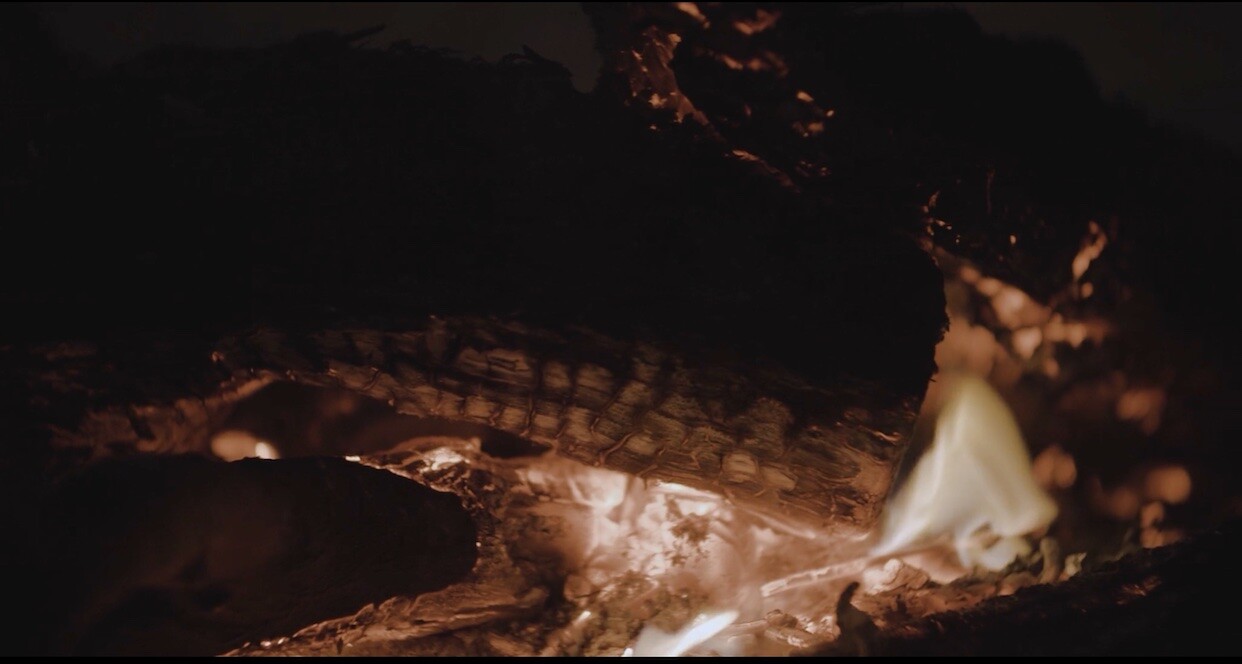

Pallavi Paul, How Love Moves, 2023. Still from film, 63:02 minutes. Copyright Pallavi Paul. Courtesy Gropius Bau, Berlin.
She continued to explore this notion in her recent solo exhibition at the Gropius Bau. Her film How Love Moves (2023) and multimedia installation Salt Moon (2023) are both based around Delhi Gate Cemetery, a main site of mourning for Islamic citizens of India. Developed with sensitivity and care—particularly towards the complicated relationship between the Hindu and Islamic congregants in India—How Love Moves narrates the story of a breath through five chapters, each titled after Islamic prayer times: فجر (Fajr, before dawn), ظُهْر (Zuhr, afternoon), العصر (Asr, late afternoon), مَغْربِ (Maghrib, after sunset) and عائشة (Isha, nighttime). There are multiple meta-narratives about breath and breathing in these chapters. One which moves me is the story of a Shamim Khan’s daily life as a worker at the Delhi Gate Cemetery during the pandemic, and his friendship with a coworker, set against the backdrop of the recent authoritarian regime in India that divides its citizens based on faith. They attend to the thousands of bodies entering and exiting the cemetery with tenderness and care. Salt Moon (2023), which can be read as an accompaniment to How Love Moves (2023) comprises sculptures in the form of gravestones which recreate the cemetery as a site of remembrance, mourning, loss, grief, and death. Although the Islamic faith prefers burial and the Hindu faith cremation after death, it feels as if the gravestones as a collective signify solidarity in the face of mortality.
The camera is Paul’s agent, ally, and disobedient friend. In Nayi Kheti [New Harvest] (2013), she draws on Jack Spicer’s 1957 text After Lorca, in which Spicer writes to and with Federico García Lorca twenty years after the poet’s death. There is no image of either poet in Paul’s film; only the text and a compilation of sounds from nature, industry, and human interaction in rural India. The viewer is constantly reminded that this exchange between Spicer and Lorca is impossible because both are dead—a truth which becomes Paul’s motivating factor. She weaves the film together by bringing in a third narrative and witness via the writings of the Indian poet Ramashankar Yadav (also known as Vidrohi). One of Yadav’s writings speaks of a farmer trying to sow paddy in the sky––another impossible collaboration. Paul’s camera creates playful dialogue among light, darkness, and imperfect, deliberately damaged footage. She imagines the aftermath of each text through a complex weave of visual imagery, sound, and text.
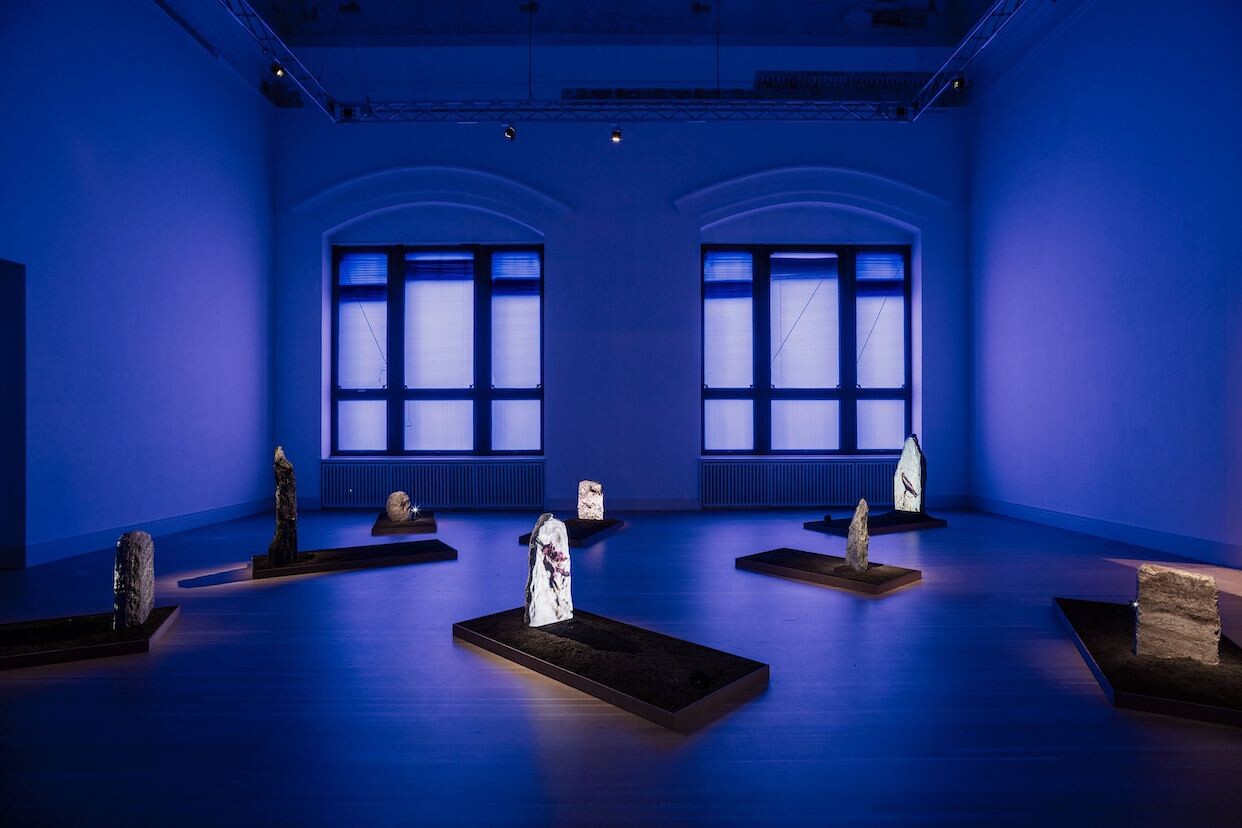

Pallavi Paul, Salt Moon, 2024. Multi-media-installation, dimensions variable. Copyright Pallavi Paul. Courtesy Gropius Bau, Berlin. Photo by Luca Girardini.
Paul’s films blur the line between truth and fiction, rendering them alive in a way quite unlike conventional documentary. She focuses on moments of erasure and absences, relying on her imagination, research, and engagement with ephemera around the subject to fill in gaps. For her, documentary is about producing an intellectual and spiritual trust, which she does by playing with fact, fiction, and the in-between. Paul’s film Twilight’s Envelope (2024) is based on a real story taken from the 1905 journal of factory worker Moritz Theodor William Bromme. She traces the histories of the factory worker’s temporary treatment home for his impaired lungs: the Heilanstalten Hohenlychen, a tuberculosis facility that opened in Brandenburg in 1902 and became a military hospital during the Nazi regime. She fuses her camera’s journey through the building’s ruins, rubble, dust, and unexpected proliferation of flora and fauna with archival television footage from the 1940s. In one filmic narrative, we enter and traverse the building, interrupted by commercials, news segments, and entertainment from nine years of the Third Reich. Throughout, the film plays a composition of sounds from nature, lullabies, coughs, and haunting silence. Perhaps the strongest work by Paul to date, this film holds the political and personal together by revisiting the Nazi regime in Germany through the intimate reflections of a real person who struggles to breathe—physically and metaphorically—due to political circumstances beyond his control.
As she lingers on the unseen—death, injustice—it is clear that sound is as important as image for Paul. Her background scores are often calming: she finds complexity in a disquiet that paradoxically provides comfort to the viewer. Violence is not seen nor heard. She uses aural ephemera from the everyday––crickets chirping, crows calling, raindrops falling, thunder, footsteps, swift movements of trees in the wind, and crackling fire—which push the viewer to ponder the hidden violent acts of nature and man. Paul embraces the worldliness and science of sound, which needs a material surface through which to travel, unlike light which can travel in a vacuum. Sound, it seems to me, helps her assess, rethink, reimagine her surroundings, whether a heavily crowded street in Delhi or an abandoned sanatorium in Berlin. By presenting multiple voices and their atmosphere, she probes the question of what the sound of the collective might be. Paul works hard to ensure that the omnipresence and supremacy of the image do not take away the nuances of sound. “The ever-present plurality of sound always keeps the unbridled power of images in check,” she says.2
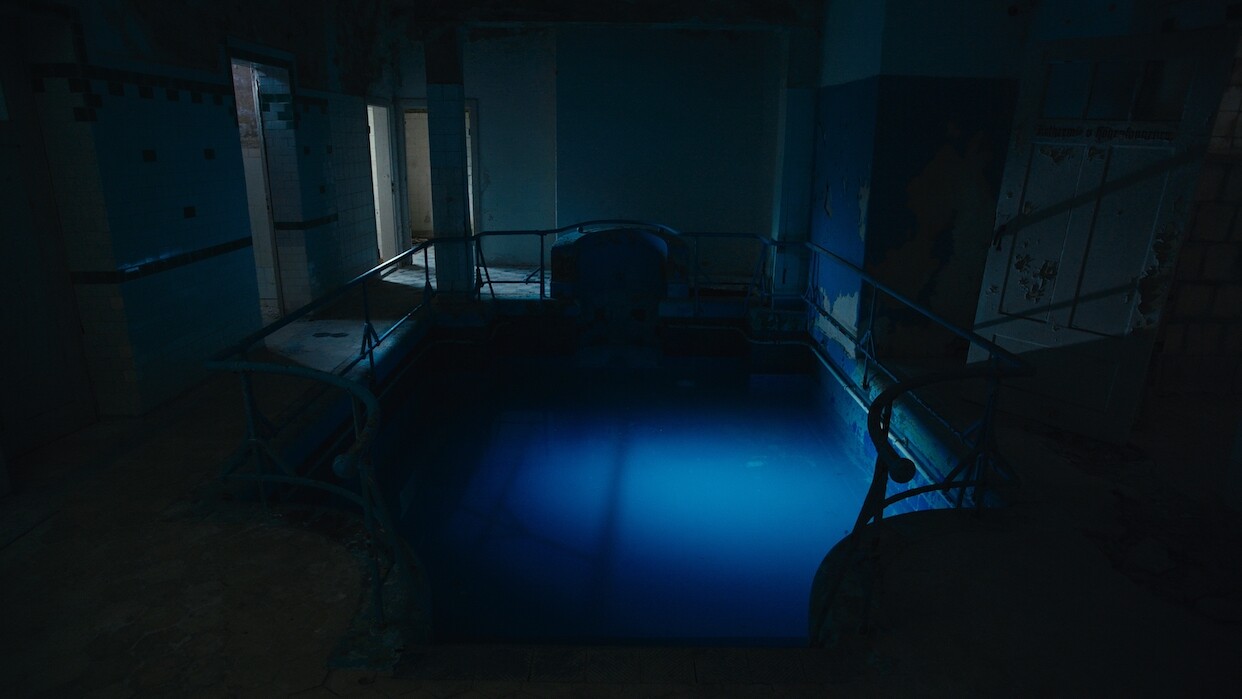

Pallavi Paul, Twilight’s Envelope, 2024. Still from film, 20:42 minutes. Copyright Pallavi Paul. Courtesy Gropius Bau, Berlin.
More recent work, created with months of research at archives in Berlin, plays with the technological texture of sound: analog sound, white noise, symmetry, asymmetry. Paul’s “unusual archive”, her ways of seeing the unseen, is layered with tangible and intangible feeling, sensation, and affect created by testing the parameters of visual imagery, documentary, the camera, sound, fact, fiction, and her own imagination. We can only wait for the unseen to become seen as her practice unfolds.
Ann Cvetkovich, An Archive of Feelings: Trauma, Sexuality, and Lesbian Public Cultures (Durham, NC: Duke University Press, 2003) 7.
Paul mentioned this in a private conversation with the writer in June 2024.
